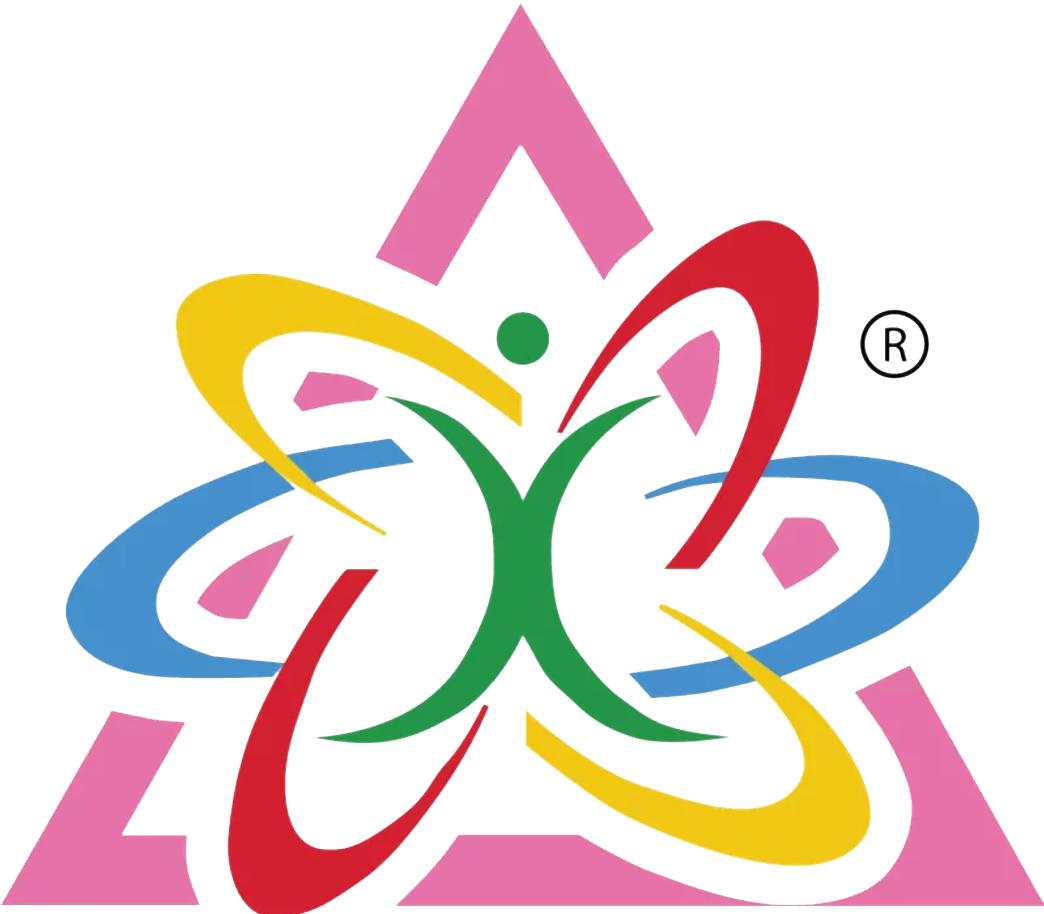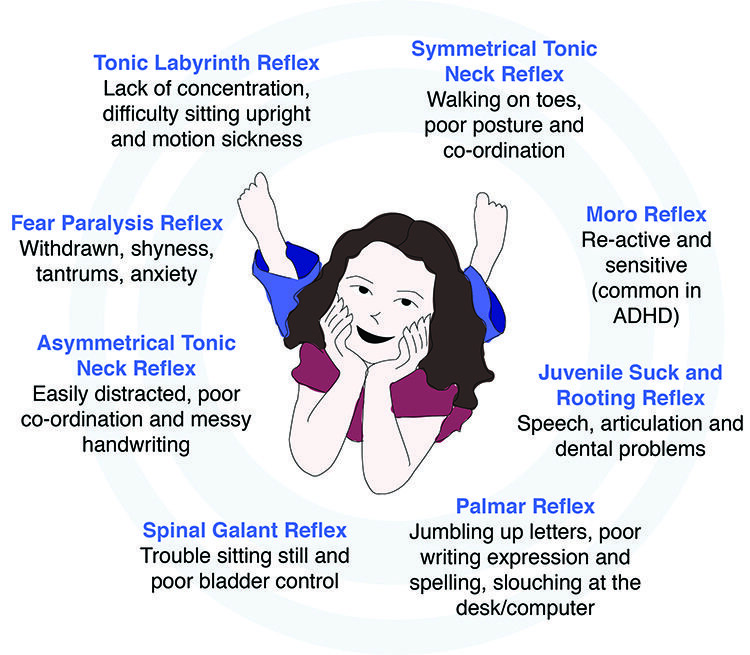The “Missing Link”
Masgutova Neurosensorimotor Reflex Integration or MNRI is referred to by many as the “missing link”. It focuses on re-patterning primitive reflexes that may have been missed or need to be reintegrated due to trauma. By re-patterning reflexes it allows for the brain and body system to be in a state of harmony by allowing each system to work properly. These reflexes are imperative to our development and they provide the foundation of our well-being for our emotional, cognitive, and physical states. MNRI was created by Svetlana Masgutova, PHD from Poland. This therapy evolved out of trauma experienced first hand by Dr. Masgutova. She sought a way to connect with the population she was working with and did so through simple movements and tactile input.

What is a reflex?
A reflex is a motor response that automatically occurs each time a particular stimulus (or combination of stimuli) is presented. It is now realized that reflexes do not simply go away, but they mature and integrate as we grow older. By age 3 the majority of the reflexes should be integrated. Imagine tripping over a branch, your hands should automatically extend in front of you to keep you from hitting your face. Or if you hear a startling loud noise, do you jump? This noise could have activated your fight/flight response, but did you know you also have a “freeze” response which needs to happen before you make the decision to fight or flight?

Why do we need reflexes?
A combination of reflexes are constantly working without us knowing because they have matured and integrated. These reflexes are imperative to stay with us as we need reflexes to keep us safe. If these reflexes are not integrated it is common to see global impacts from fine and gross motor delays, anxiety, to cognitive delays.
What does therapy look like?
Therapy is generally done on the massage table. This is a gentle and mostly passive approach for the client, so it has minimal contraindications. Depending on the session goals, we will generally position the body in a reflex pattern and provide a sensory stimulus with a motor response to integrate the intended reflex. A home program is provided for continued integration at home.
Introductory Video
MNRI Testimonial Video
Reflex Integration for trauma recovery
Peer-Reviewed Journals
- Neurophysiological aspects of Neurotactile therapy of Masgutova neurosensory motor reflex integration MNRI® method
- The effect of the MNRI method on Neurotransmitter biomarkers of individuals with neurodevelopmental disorders
- Neurosensorimotor reflex integration for autism: a new therapy modality paradigm
- Flood trauma survival and recovery using MNRI reflex neurointegration therapy